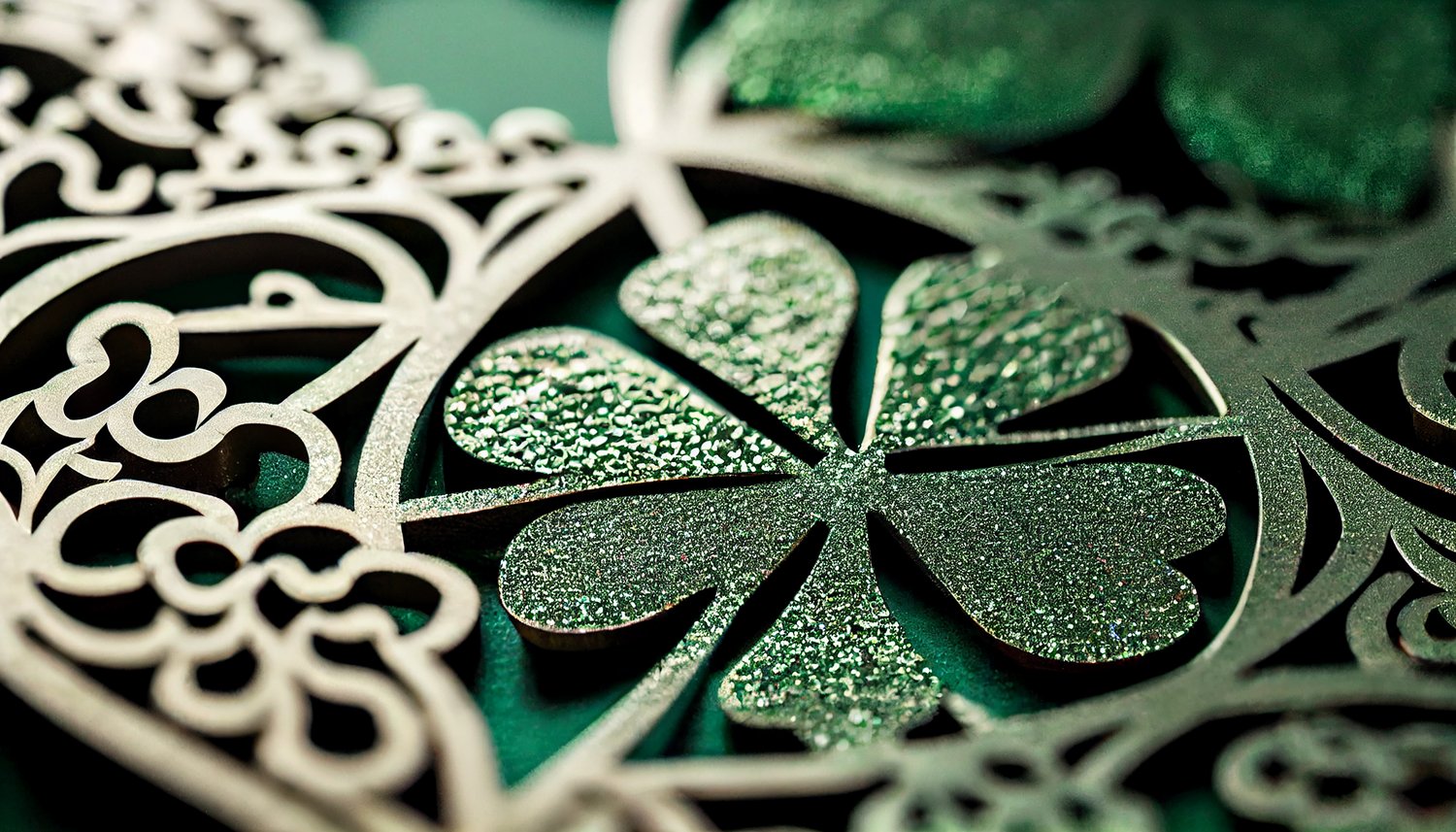Introduction:
Both Persian and Arabic calligraphy are timeless artistic traditions that have captivated countless individuals worldwide. Rooted in rich cultural heritage, these two forms of calligraphy offer a mesmerizing display of patterns that reflect the beauty of the written word.
Persian Calligraphy:
Persian calligraphy, also known as "Shekasteh Nasta'liq," is a harmonious blend of aesthetics, skill, and poetry. Known for its flowing curves and delicate lines, Persian calligraphy patterns are often characterized by their elegantly crafted letters, which present a visual poetry in themselves. This rhythmic style offers a distinct unity between the written word and artistry, evoking a sense of tranquility and harmony.
Arabic Calligraphy:
Arabic calligraphy, commonly referred to as "Khatt," presents a profound connection between Islamic art, religious devotion, and the written word in the Arab world. With its abstract and geometric patterns, Arabic calligraphy patterns are a visual representation of the divine message found within the Holy Quran. The intricate formation of letters, combined with elaborate flourishes and curves, conveys an aesthetic beauty that is both mesmerizing and spiritually uplifting.
Shared Techniques and Patterns:
While Persian and Arabic calligraphy have their unique characteristics, there are also shared techniques and patterns that signify their interconnectedness. The emphasis on the beauty of curves, the meticulous attention to detail, and the marriage between calligraphic strokes and patterns are hallmarks of both traditions. Furthermore, the concept of incorporating calligraphy within different art forms, such as miniature painting or architecture, is prevalent in both cultures, showcasing the versatility and integration of calligraphy in various artistic expressions.
Preservation and Contemporary Influences:
Despite the emergence of digital typography, the art of Persian and Arabic calligraphy continues to be cherished and preserved. Numerous calligraphers and artists dedicate themselves to honing their skills and passing down their knowledge to future generations. In recent times, contemporary influences have brought a fusion of traditional calligraphy patterns with modern art forms, creating fresh interpretations of this ancient practice.
In conclusion, Persian and Arabic calligraphy are highly intricate and visually captivating art forms that have significantly influenced various cultures throughout history. These artistic traditions not only represent the skills of calligraphers but also bear witness to the remarkable intertwining of art, culture, and spirituality. Whether it's the mastery of Persian's flowing curves or the geometric elegance of Arabic calligraphy, these mesmerizing calligraphy patterns continue to inspire and leave an indelible mark on the art world.



Comments ()